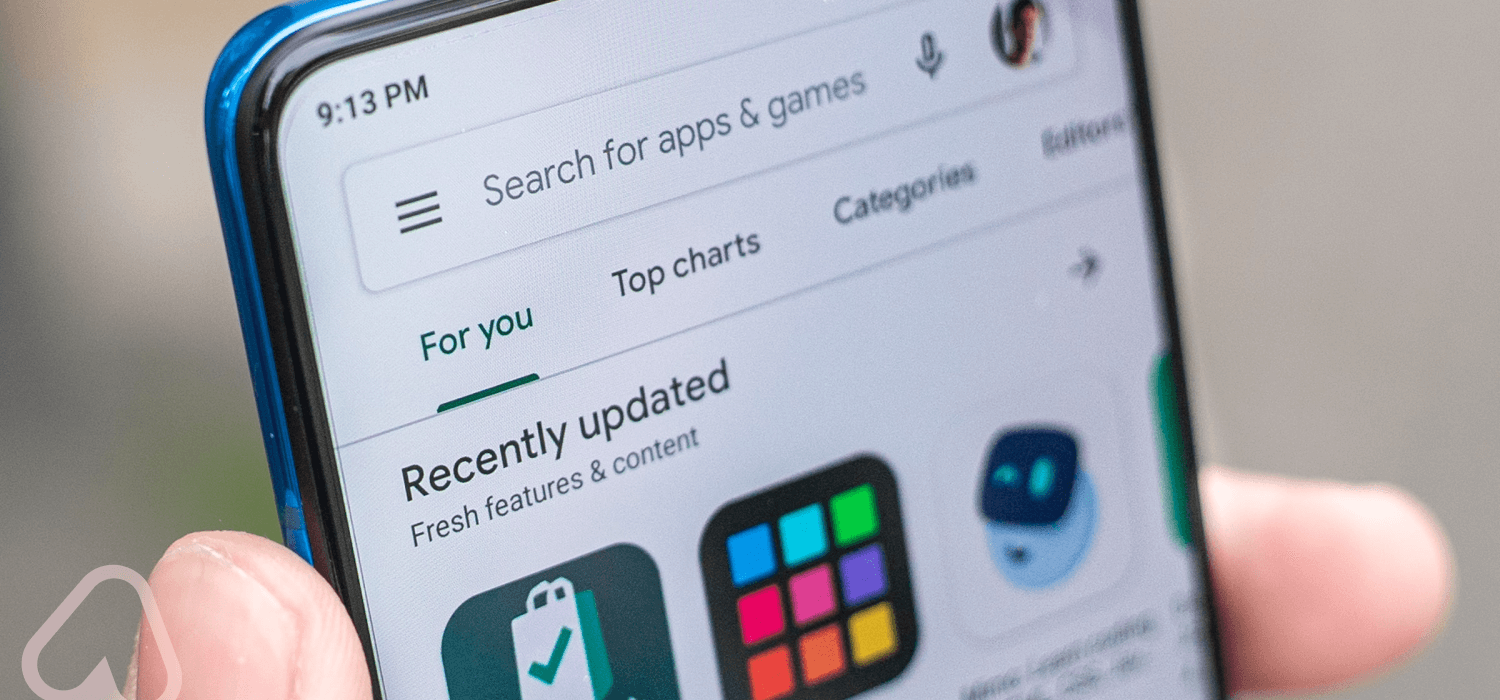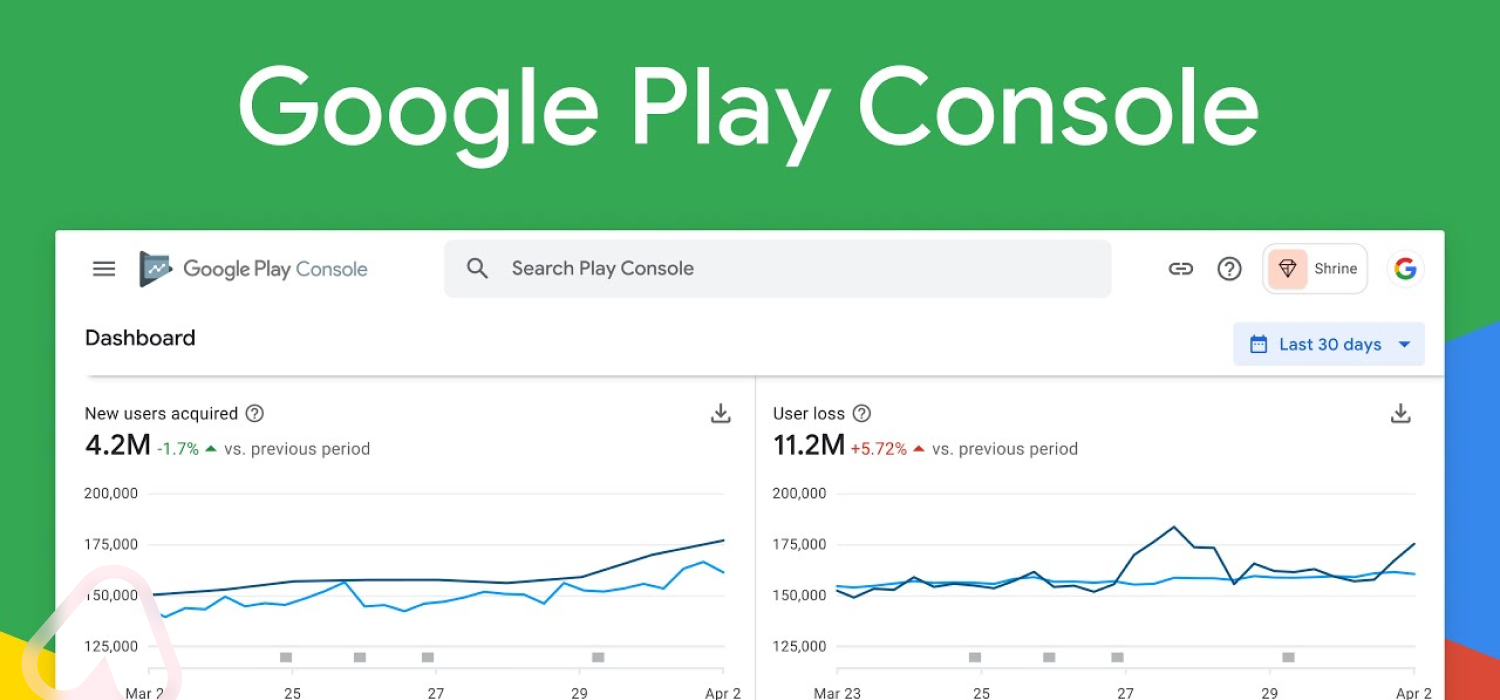In today’s hyper-competitive app market, even a groundbreaking app can struggle to gain traction due to the overwhelming competition. Many developers invest significant time and resources into creating their apps, only to discover that launching the app is just the beginning of the journey.
The real test lies in making your app stand out in a crowded marketplace. This is where App Store Optimization (ASO) strategies become critical. The right ASO techniques can boost your app's visibility and attract a wider audience.
However, in the quest for visibility, some developers fall into the trap of keyword stuffing—an overzealous approach that can backfire. Just like cramming too many keywords into a sentence can make it unreadable, overusing keywords in your ASO can harm your app’s performance. At Boost App Rank #1, we help you strike the right balance, avoiding these pitfalls while maximizing your app’s potential.
Understanding Keyword Stuffing in ASO
Keyword stuffing in ASO refers to the practice of overloading your app's title, description, or metadata with an excessive number of keywords—often irrelevant or redundant. While the intention is to manipulate search rankings, the result is usually the opposite, leading to penalties from search algorithms.
Rather than boosting your app’s visibility, keyword stuffing can undermine your efforts by making your app less appealing to both the app stores and potential users. This is where our expertise at Boost App Rank #1 comes into play, ensuring your keywords are used effectively and naturally.
Recognizing the Signs of Keyword Stuffing
One of the key indicators of keyword stuffing is the keyword density in your content. Keyword density is the percentage of times a keyword appears in your text compared to the total word count. Ideally, you should aim for a keyword density of around 2% to 3%—that’s two to three mentions per 100 words.
Too low a density and your keywords might not be recognized by search algorithms. Too high, and you risk being penalized for keyword stuffing. At Boost App Rank #1, we use advanced tools to calculate and optimize your keyword density, helping you find that sweet spot that drives results.
How to Calculate Keyword Density for Your App Description
Calculating keyword density can be straightforward: simply divide the number of times your target keyword appears by the total word count of your description, then multiply by 100 to get a percentage. However, if you prefer to focus on other aspects of your app’s development, our team at Boost App Rank #1 is here to automate and optimize this process for you.
Our ASO tools not only ensure that your keyword usage is optimal but also allow you to concentrate on creating compelling content that resonates with your target audience.
Selecting the Right ASO Keywords
Choosing the right ASO keywords is a crucial step that requires strategic thinking and thorough research. It’s about understanding your app’s unique features and how your target audience searches for apps.
- Start by brainstorming a comprehensive list of keywords that describe your app’s features and functionalities.
- Narrow down the list to focus on the most relevant and high-traffic keywords.
- Analyze market trends, competitor keywords, and user behavior to identify the terms most likely to attract your audience.
- Select the top-performing keywords and integrate them into your app’s metadata.
- Regularly monitor your app’s performance and make incremental adjustments to refine your strategy.
At Boost App Rank #1, we guide you through this process, helping you choose and implement the most effective keywords to elevate your app’s visibility.
The Risks of Keyword Stuffing
In the realm of ASO, as in traditional SEO, there are “white hat” (ethical) and “black hat” (unethical) practices. Keyword stuffing falls into the latter category. While it might seem like a quick way to boost your app’s ranking, it can lead to severe consequences, including lower visibility, decreased user trust, and even removal from app stores.
At Boost App Rank #1, we advocate for sustainable, white-hat strategies that deliver long-term success without risking penalties. With our expert guidance, you can achieve high rankings through ethical and effective ASO practices.
Crafting the Perfect App Title and Description
Your app’s title and description are more than just text—they’re critical components of your ASO strategy. These elements should not only be optimized for search algorithms but also crafted to appeal to potential users.
A well-crafted title and description encapsulate your app’s value proposition and entice users to download it. To achieve this, your copy should be relevant, concise, and reflective of your app’s unique selling points. At Boost App Rank #1, we help you create compelling titles and descriptions that enhance discoverability and drive downloads.
Best Practices for Writing App Titles and Descriptions
- Include your most important keyword in the title, ensuring it fits naturally.
- Write a clear and concise opening that communicates your app’s primary purpose.
- Avoid overloading your title with unnecessary information.
- Keep your app’s name consistent once it gains recognition.
- Utilize all available characters but avoid filler content.
- Steer clear of using “free” as a keyword—focus on value instead.
- Conclude with a strong call-to-action to encourage downloads.
By following these guidelines, you can create an app title and description that not only ranks well but also resonates with your audience. And if you need a boost in installs to kickstart your app’s success, Boost App Rank #1 is here to help.


Yorum yazın
Bu site hCaptcha ile korunuyor. Ayrıca bu site için hCaptcha Gizlilik Politikası ve Hizmet Şartları geçerlidir.